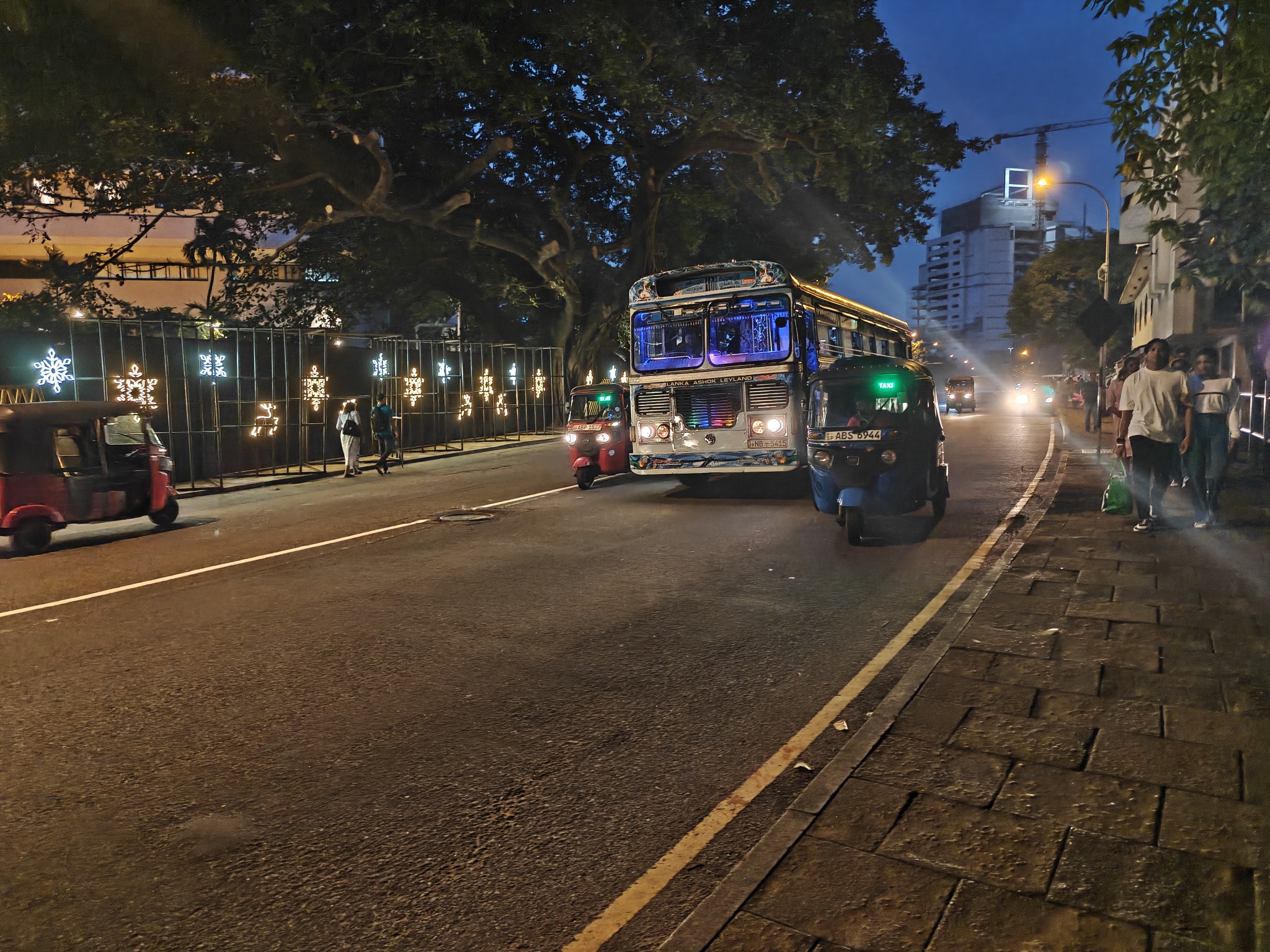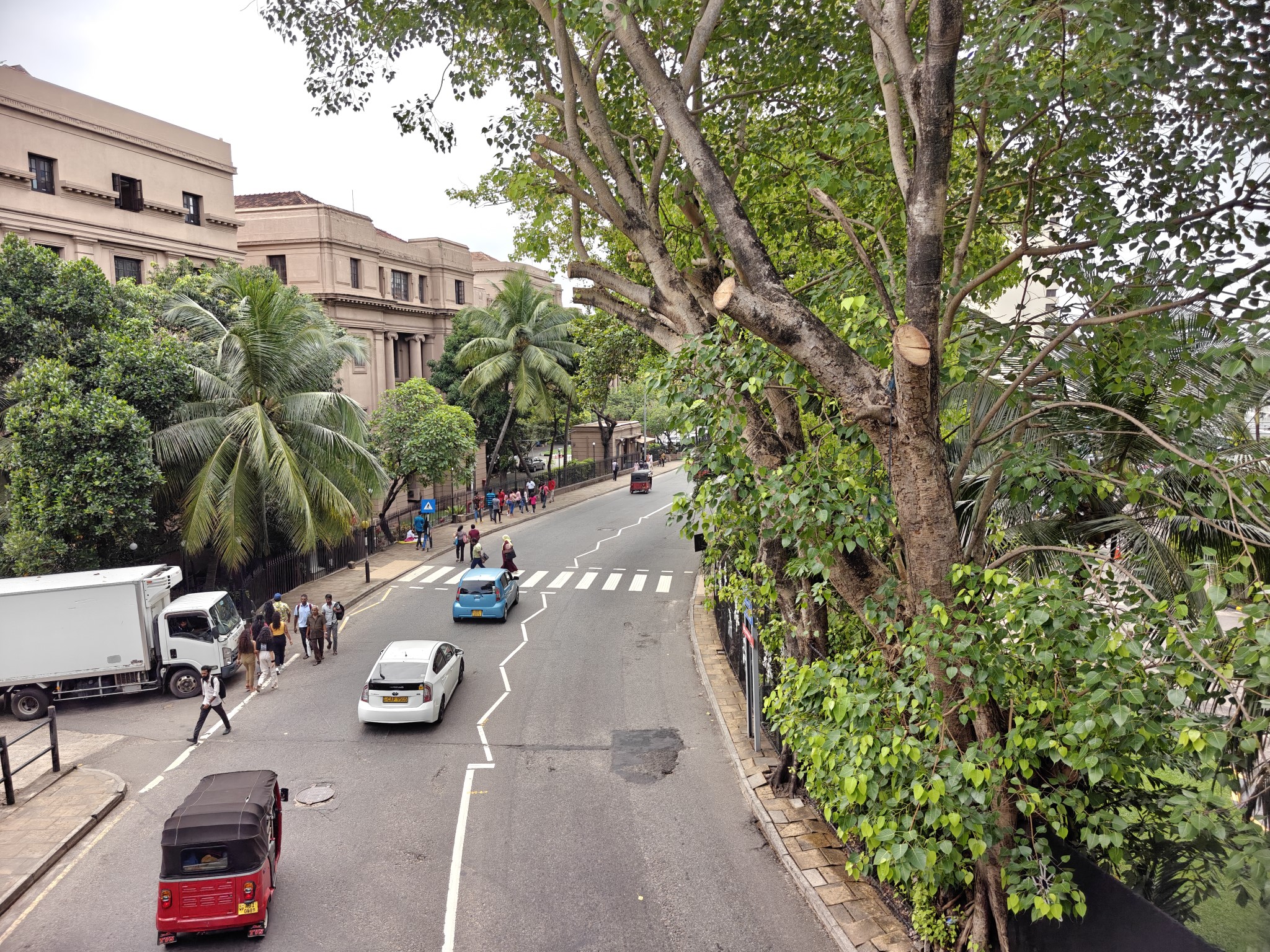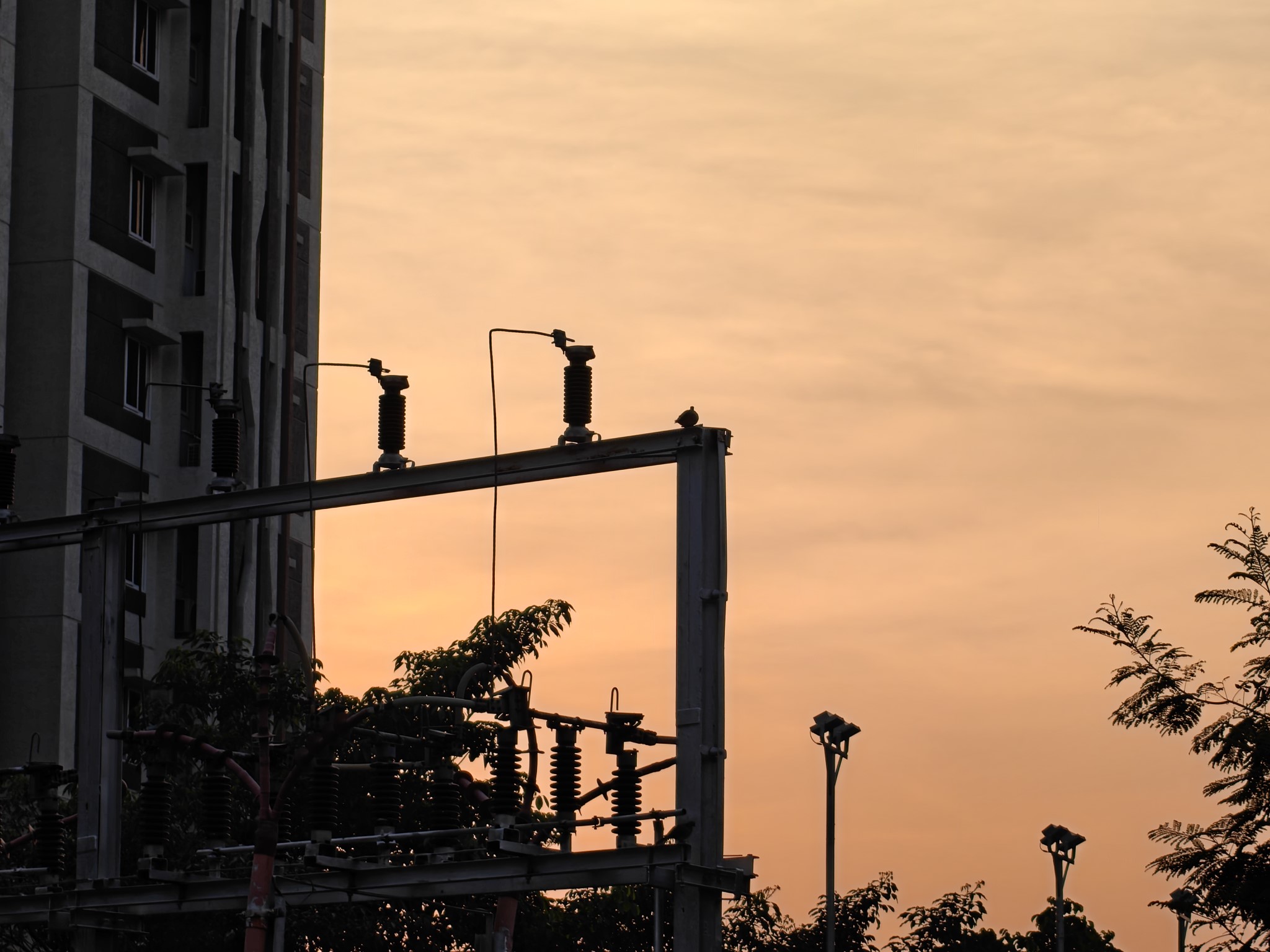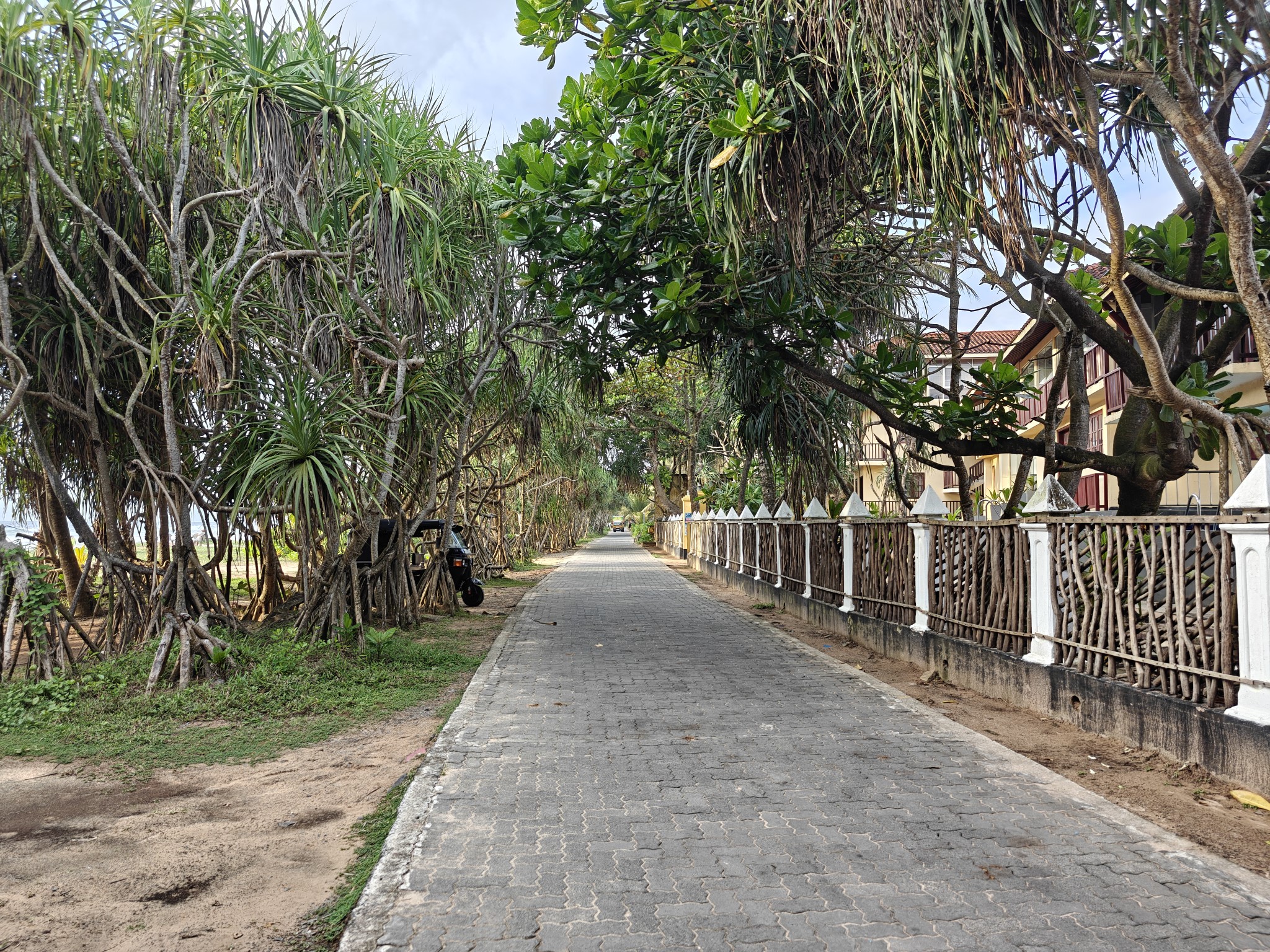The OnePlus 13 will inevitably increase in price – should you still buy it?

The OnePlus 13 made its global debut and is currently priced at $899 in the US and Rs 69,999 ($815) in India. The phone’s price increase has always been a given – the Chinese model is $80 more expensive than the OnePlus 12, so it’s obvious that the global model will follow suit.
This is the second year OnePlus has increased the cost of its devices by $100; the OnePlus 11 launched at $699 and the OnePlus 12 sold for $799 last year. Even in India – where OnePlus still sells most of its phones – the device is 5,000 rupees ($58) more expensive. As prices rise, so does the inevitable question: Will you still buy a OnePlus 13, or spend more money on a Pixel 9 Pro XL or the upcoming Galaxy S25 Ultra? That’s the question I’m here to answer.
In Hardwired, AC Senior Editor Harish Jonnalagadda takes an in-depth look at all things hardware, including phones, audio products, storage servers, and routers.
Even though the OnePlus 13 is $100 more expensive than last year, you’re still getting a pretty big upgrade; the phone has better durability, a bigger battery, a better rear camera, and the latest Qualcomm chip. Of all the changes, my favorite is the design. OnePlus completely changed its design language this year, moving towards a flatter aesthetic.
While I’m not usually a fan of this style of design, OnePlus added bevels to the sides to make holding and using the OnePlus 13 more comfortable and giving it a better feel in the hand than the Find X8 Pro or Vivo X200 Pro. The OnePlus 13 is somewhat lighter than last year (and other phones with 6,000mAh batteries), and the weight distribution is about the best of any phone I’ve used recently.
If you’re eyeing this phone, I highly recommend getting the Midnight Ocean version; the blue color looks great, and the microfiber vegan leather back has a soft texture, unlike other leather-backed phones. OnePlus has also switched to a Goodix ultrasonic fingerprint module this time around, and thankfully there are no issues with positioning – it’s high up on the panel and I didn’t have any issues authenticating or accessing the sensor.
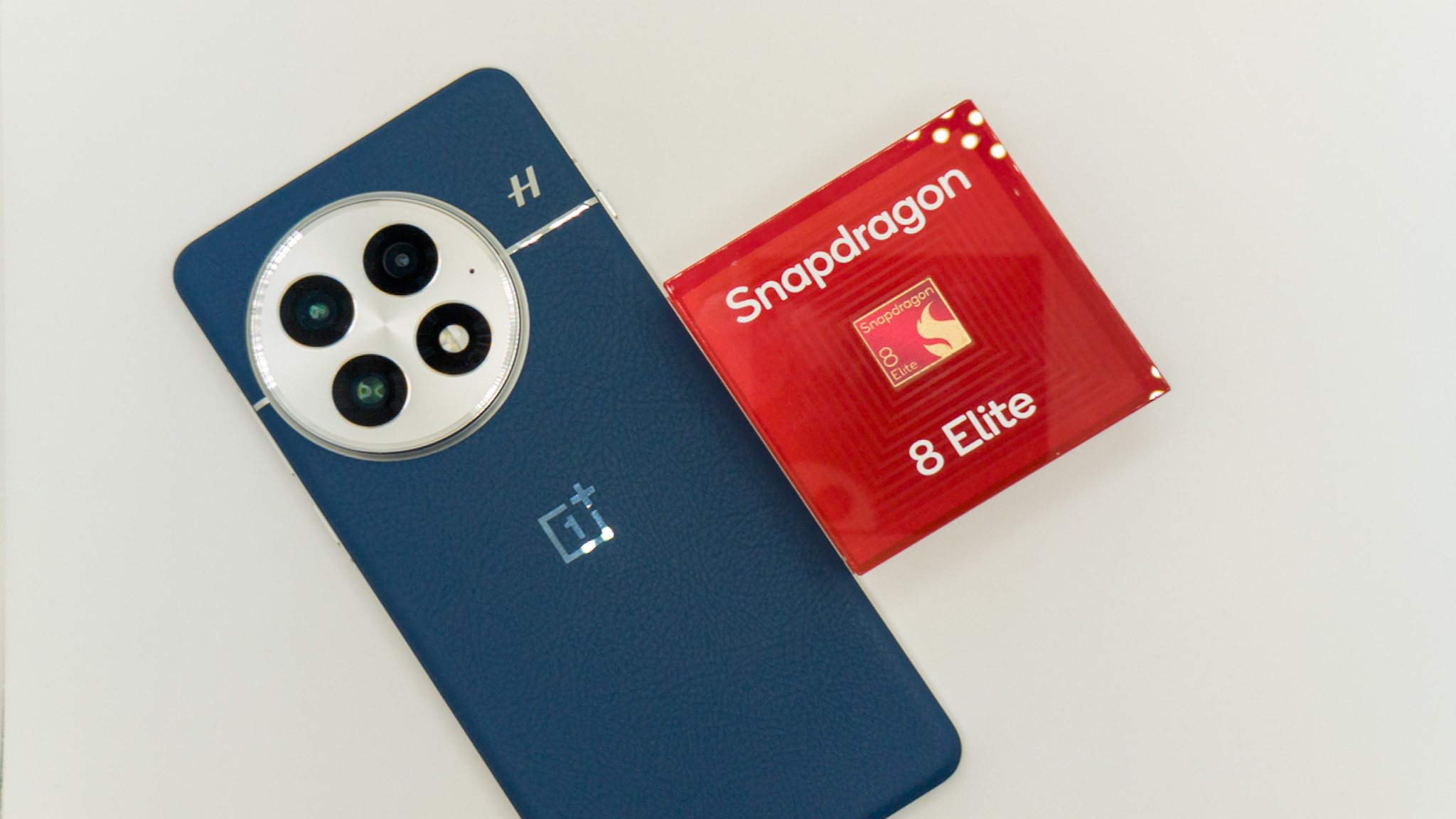
Then there’s the hardware. OnePlus has always done a great job in this regard, and the OnePlus 13 continues that tradition, offering the latest hardware and excellent optimizations. The interface is significantly faster than last year, and the smoothness is the best on any phone today.
Annoyingly, 120fps gaming is limited to three games, but the phone delivered solid frame rates in most of the games I tested without any overheating issues. I had no issues with basic functionality – the cellular connection was great and the signal was always strong. While I haven’t used eSIM yet, this phone doesn’t miss out on that feature, which is nice to see.
Another big upgrade is around the battery technology, with the device coming with a larger 6,000mAh battery that can last for a day and a half. The battery uses silicon-carbon technology, and the anode contains 10% silicon, which provides higher density, with the added benefit of being able to use the phone in cold weather without affecting battery life.
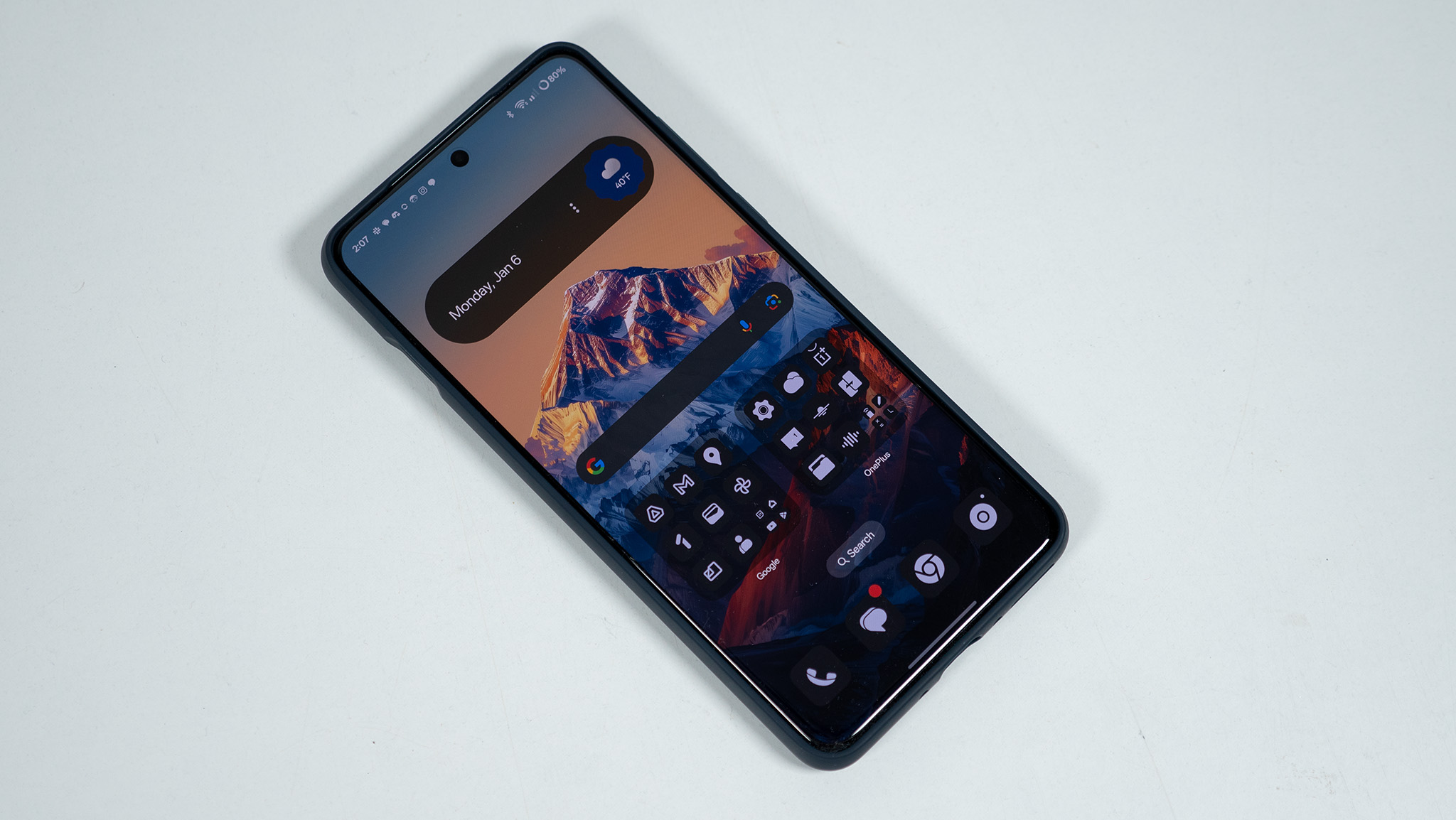
Interestingly, OnePlus also retains the dual-cell configuration even when using silicon batteries, and it is the only manufacturer to do so – OPPO and Vivo switched to single-cell designs this time. The advantage of the dual-cell design is that it can easily charge two batteries at the same time. Therefore, according to the 80W standard, the OnePlus 13 takes 38 minutes to fully charge; in comparison, the X200 Pro takes 12 minutes longer.
Battery life isn’t as good as the Find X8 Pro or Vivo X200 Pro, but I still got a day and a half of use on a single charge, and the SOT lasted for over ten hours (I’m addicted to the Balatro). Particularly interesting is the AirVOOC charging pad; this accessory allows you to charge your phone at 50W, and it works really well. It’s important to note that there are no magnets on the back of the OnePlus 13, and you’ll need to buy a case to use the charging pad.
OnePlus is equipped with new camera modules this time, including a 50MP Sony LYT-808 main camera and a 50MP Sony LYT-600 telephoto lens with 3x optical zoom and OIS, as well as a 50MP wide-angle lens. The zoom lens uses similar prism technology as the Find X8 Pro, so essentially you get a smaller module.
Camera quality is better than last year, and while I still give the Find X8 Pro and Vivo X200 Pro the advantage, the OnePlus 13 effortlessly holds its own against the competition from the Galaxy S24 Ultra and Pixel 9 Pro XL, which is quite an achievement. As well as itself. It takes great portrait photos, detailed low-light photos, and better videos.
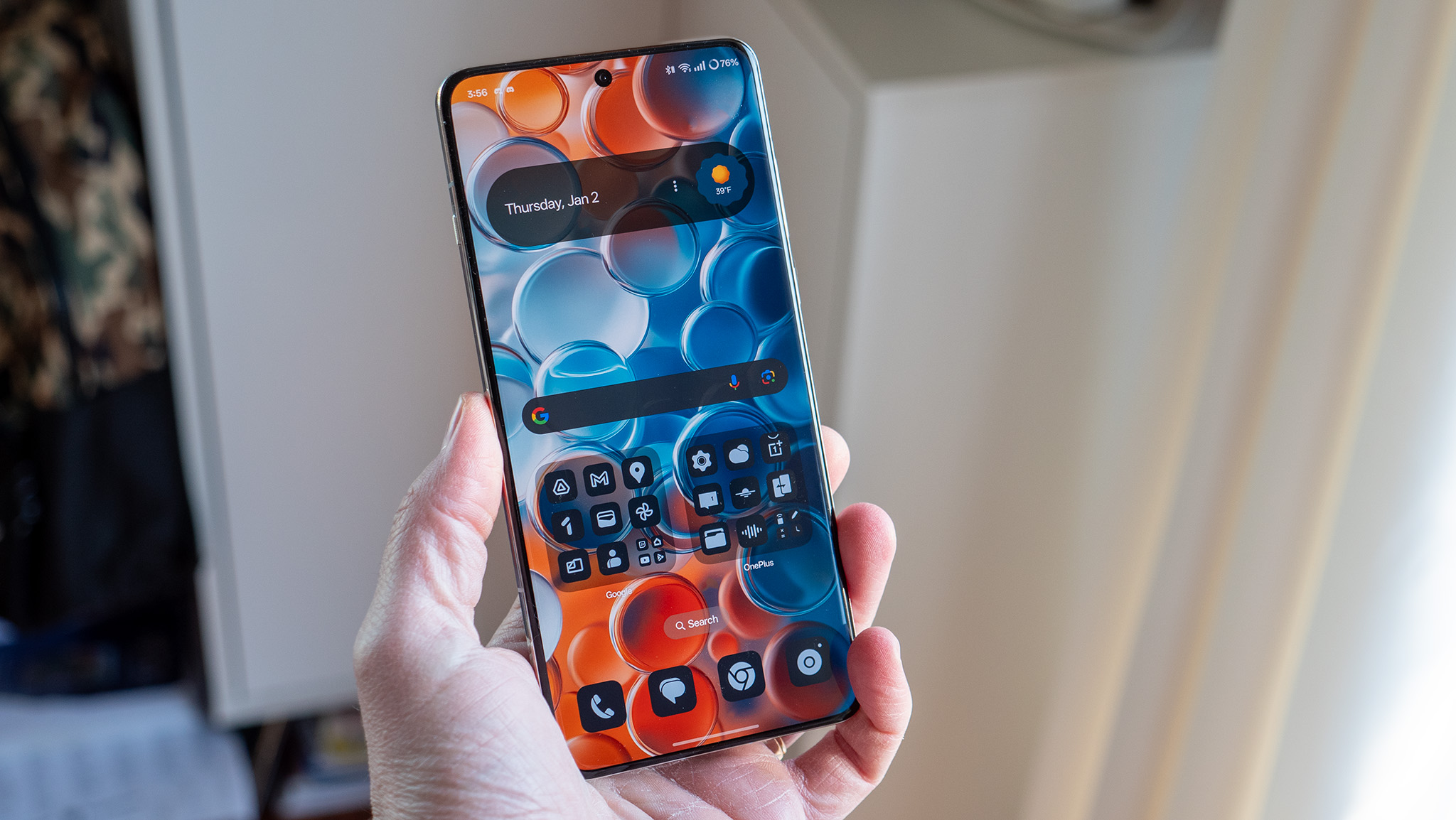
I also can’t find many problems with the software. The interface is smooth, without any obvious bugs out of the box, and there are plenty of AI-powered utilities if you need the functionality on your phone. After four years of updates, this phone will remain relevant for even longer.
Although the OnePlus 13 costs more than last year, you get enough upgrades to justify the price increase, and it’s now my top recommendation if you need a new phone in 2025. , because of its camera and color adjustments, but it’s $250 more expensive and isn’t available in as many regions around the world as the OnePlus 13.
If you need an all-around phone that looks great, has the best hardware, lasts more than a day, and takes great photos, look no further than the OnePlus 13 – OnePlus has finally launched a flagship without any noteworthy flaws product.
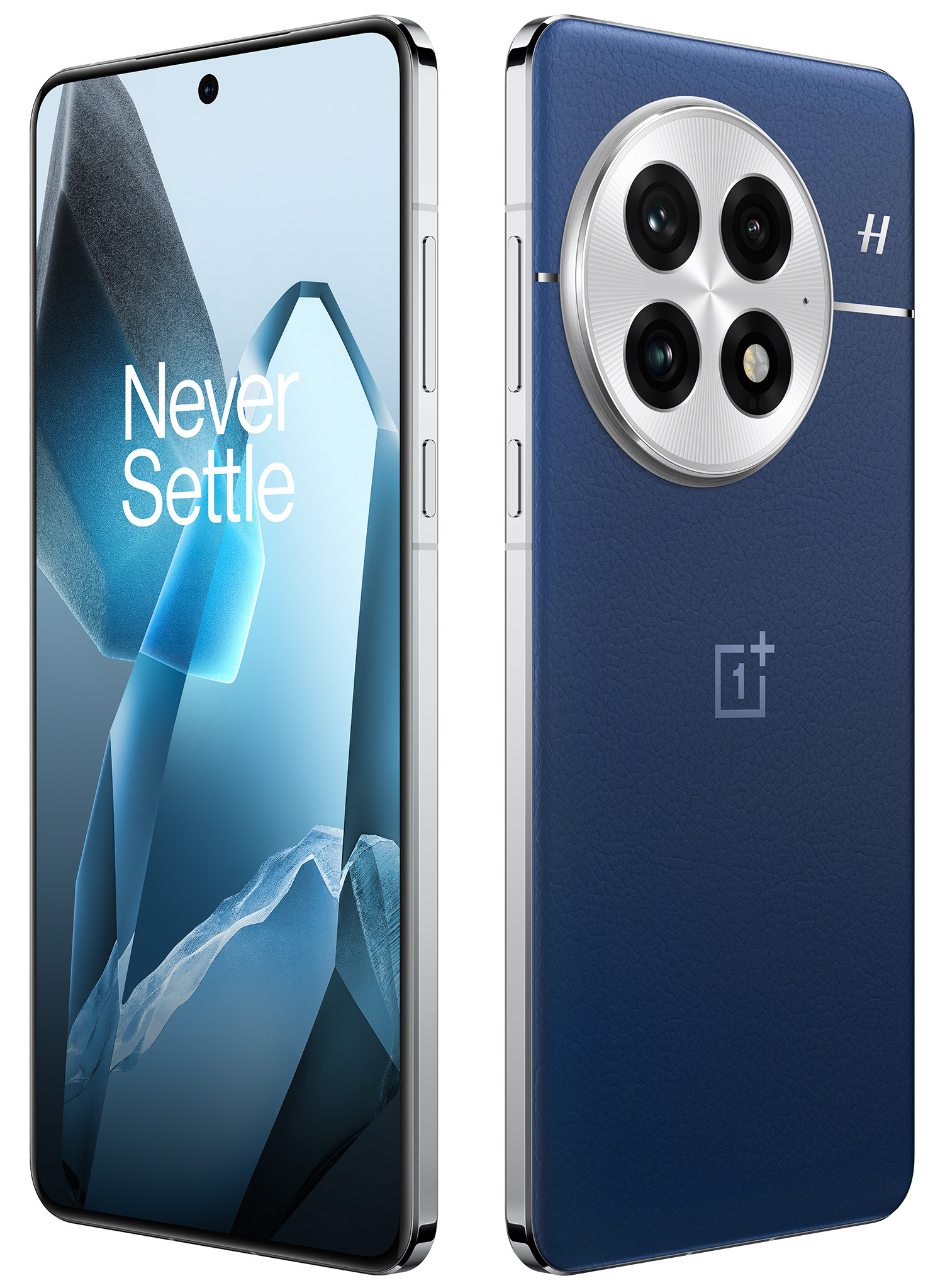
With exciting camera and battery upgrades, the OnePlus 13 solidifies its status as one of the best phones of 2025.






